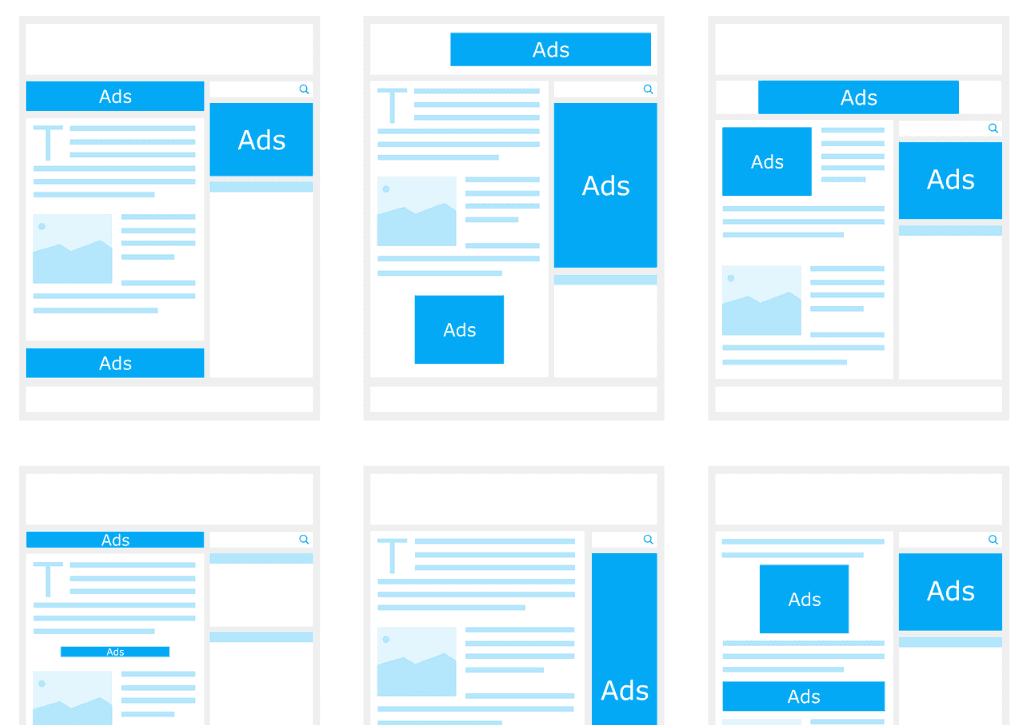What you need to know about Google Chrome’s new ad-blocking feature

In today’s world, it seems how we use the digital realm is constantly changing. There is always an update here or an algorithm change there, and Google is no expectation with the release of their new ad- blocking feature. Last week, Google launched their new and improved version of Chrome that now features a built-in ad blocker. That’s right. Google now has the ability to remove disruptive ads from websites. Naturally, this leads website publishers and advertisers to question what ads will be allowed and what ones will now be flagged.
To start, Google’s new ad blocker will be operating under the Better Ad Standards , as defined by the Coalition of Better Ads. The Coalition of Better Ads consists of a group of powerhouse companies (like Google) that have gathered to offer specific guidelines for improving advertising to consumers.
For publishers and advertisers alike, this simply means that you either meet the standards or your ads will now be flagged as “annoying” and then subsequently blocked.
That being said, you may now be wondering just what exactly Google’s ad blocker classifies as “annoying.” Well, lucky for us, the Coalition for Better Ads has clearly laid out the following as the types of ads consumers themselves find the most “annoying” and the ones Google’s new ad-blocker will be removing from sites:
Desktop web experiences:
• Pop-up ads
• Auto-playing video ads with sound
• Prestitial ads with countdown
• Large sticky ads
Mobile web experiences:
• Pop-up ads
• Prestitial ads
• Ad density higher than 30%
• Flashing animated ads
• Autoplaying video ads with sound
• Postitial ads with countdown
• Full-screen scroll-over ads
• Large sticky ads
With those types of advertisements in mind, let’s dive into just how the ad-blocker will work for both publishers and advertisers.
For publishers specifically, if your ads fall into any of the categories listed above, Google’s ad blocker will report the violations via their Ad Experience Report. This report will include descriptions along with screenshots and video of ads that are found to be “annoying” on a site. The site owners then will have the option to address the violations and resubmit their website for review.
Seems simple, right? Well there is one catch. Google’s ad block will only be taking samples of webpages, so when a site is resubmitted for review, new violations could be found! We highly recommend that publishers become proactive about what ads are being shown on their site, otherwise there is potential to fall into a never-ending cycle of violation reports and website reviews, and nobody wants that!
Now what about advertisers? If you are distributing ads that fall into the categories above, your challenge now becomes figuring out of to reach your target audience without those features. We recommend that you refocus on the consumer themselves. Instead of relying on flashing lights, sticky ads, countdowns and other features to capture your audience, put yourself in the consumer’s metaphorical shoes. What are they looking for? What are their interests? What is their demographic? Where do a majority of them live? Shop? Spend time? All these questions will help you find just want they want in an ad. The more questions you can answer the better success your ads will have, and without all the gaudy features!
In the end, if publishers and advertisers follow the guidelines, Google’s new ad blocker will not only be non-issue, but it will ultimately improve your consumer’s experience.
Sources:
https://www.betterads.org/coalition-for-better-ads-to-introduce-better-ads-experience-program/
https://www.google.com/webmasters/tools/ad-experience-unverified?hl=en
https://www.betterads.org/standards/
Originally Published at p3da.com: https://www.p3da.com/what-you-need-to-know-about-google-chromes-new-ad-blocking-feature










